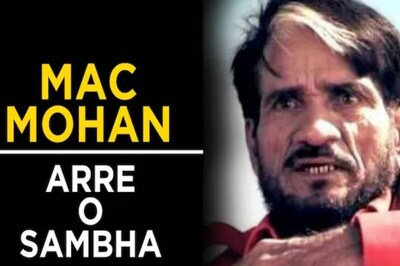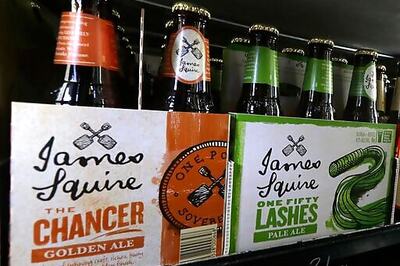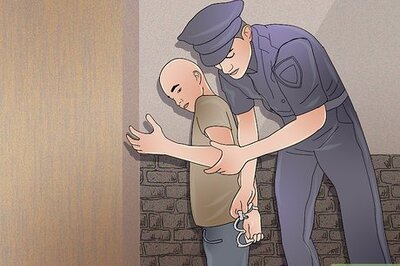
views
CHENNAI: Meriah. That perhaps is one word no member of the Kandhas tribe in Odisha wants to be associated with. For, Meriah stands for a person marked for human sacrifice. The tribals killed humans centuries ago to propitiate their earth goddess, ‘Tari Pennu’ or ‘Bera Pennu,’ for good crops, health and prosperity. That barbarity came to an end only in the late 19th century after the then British government proscribed it. An exhibit of the wooden structure they used for human sacrifice is available at the Chennai Government Museum’s anthropology gallery, which is expected to be opened soon for public viewing. Called the Meriah sacrifice post (see picture), it is the only such specimen available in the whole of India. The post was brought here from Baligudu in Ganjam district of Odisha during the end of the 19th century by Colonel Pickance, the then Assistant Superintendent of Police.The five-foot long horizontal piece of wood on Meriah post is a crudely carved effigy of an elephant. It is fixed on a six-foot vertical pole. The right portion of the horizontal slab resembles the trunk (proboscis) and head of the elephant. The vertical pole functioned as the axis around which the slab rotated.The victims were tied to the proboscis of the horizontal slab. While the sacrificial attendants held the outstretched arms and legs, the slab was rotated from the other side.Before the killing, the victim was intoxicated with toddy and anointed with oil. People used to apply oil from the victim’s body on their head and go on a procession to the accompaniment of music.The tribals would then circumambulate the pole, rotating and rocking the victim tied to the trunk and at times also hitting the person continuously, before killing him with a sacrificial knife. The flesh of the victim was then strewn around the fields in the mistaken belief that it would give them a bumper turmeric crop.A vivid account of the purchase of the victims, their treatment and their pathetic killing is available in the renowned work, ‘Castes and Tribes of Southern India,’ (1909) by Edgar Thurston, a noted British museologist and ethnographer, who was the Superintendent of the Government Museum, Chennai, during the 19th century.Thurston claimed that men were the most ‘esteemed’ victims and children were ‘purchased’ too. Criminals or prisoners captured in war were not considered fit subjects for sacrifice and the ‘price’ was paid in brass utensils, cattle or corn.The Kandhas agreed to relinquish the rite on the condition that they be allowed to sacrifice buffaloes, monkeys and goats with all the solemnities observed on occasions of human sacrifice instead.A group of Kandhas, who came to Chennai in 1906 to perform a cultural event before the Prince and Princess of Wales, were said to be excited to see the only remaining relic of their former custom.

















Comments
0 comment